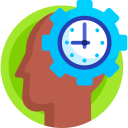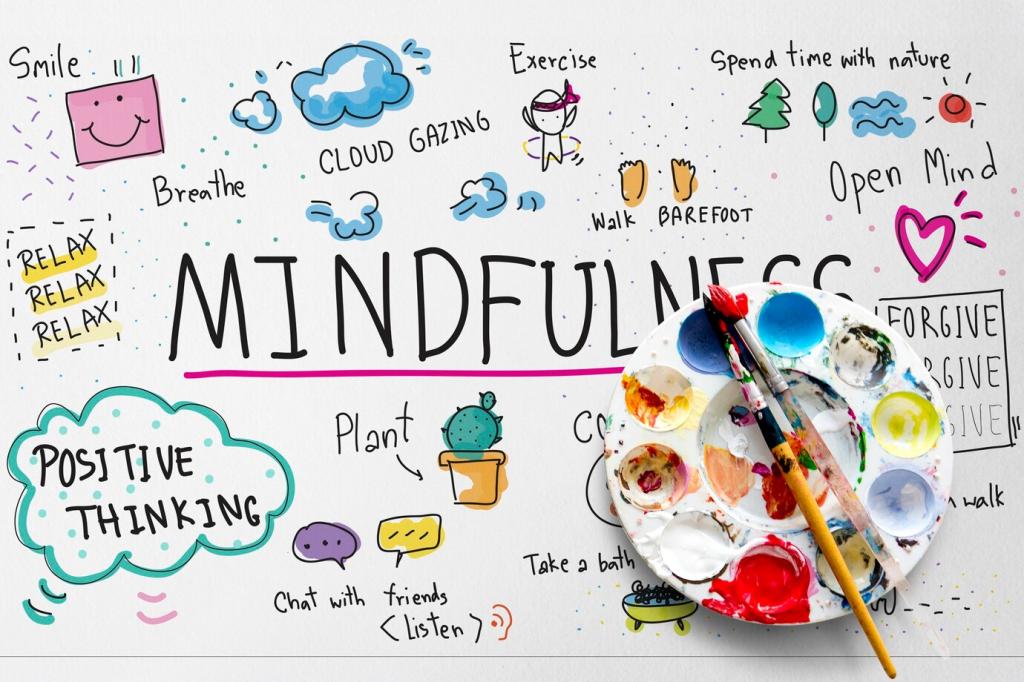Practical Micro‑Practices for Busy Schedules
Sit upright, relax your jaw, and exhale slowly. Count four on the inhale, six on the exhale, for ten rounds. Notice shoulders soften and thoughts slow enough to prioritize wisely. Try it before opening your inbox and share your results below.
Practical Micro‑Practices for Busy Schedules
Before each email, pause long enough to name the intention: clarify, decide, or connect. This tiny check curbs reactive replies and reduces back‑and‑forth. Practice for two days, then comment with the thread you shortened by being mindful.
Practical Micro‑Practices for Busy Schedules
Place both feet on the floor, feel contact points, and trace five objects you see, four you feel, three you hear. This sensory circuit resets attention fast. Try it in a hallway or elevator and invite a teammate to join you.








